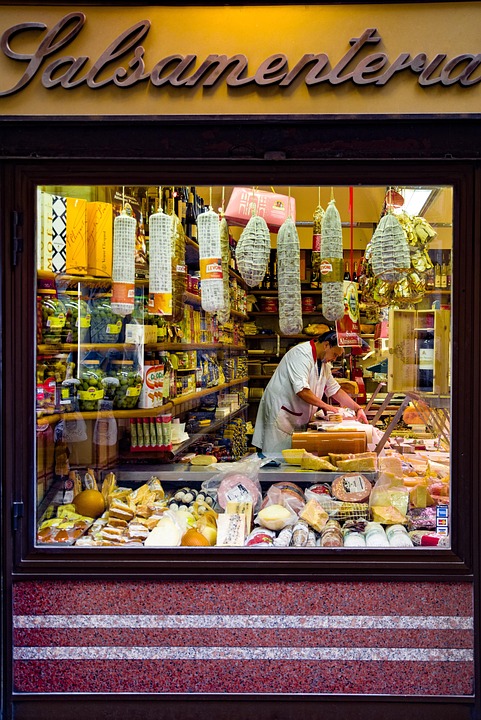Introduction
Delicatessens have long been a staple in the food industry, offering a wide variety of high-quality meats, cheeses, and specialty items to customers. In recent years, several successful delicatessen concepts have emerged, revolutionizing the industry with innovative ideas and unique offerings. This report will examine some of these successful delicatessen concepts and their impact on the industry.
New York City’s Katz’s Delicatessen
Background
Katz’s Delicatessen, located in New York City, is one of the most famous and successful delicatessens in the world. Established in 1888, Katz’s has become a cultural institution, known for its classic Jewish deli fare and bustling atmosphere. The deli has been featured in several movies and TV shows, further solidifying its reputation as a must-visit destination for locals and tourists alike.
Success Factors
Katz’s Delicatessen has succeeded by staying true to its roots while also adapting to modern trends. The deli offers a wide range of traditional Jewish deli dishes, such as pastrami on rye and matzo ball soup, which appeal to customers looking for an authentic deli experience. At the same time, Katz’s has embraced social media and online ordering, making it easier for customers to enjoy their favorite deli dishes from the comfort of their own homes.
Financial Impact
Katz’s Delicatessen has reported steady growth in recent years, with annual revenues exceeding $20 million. The deli’s success has allowed it to expand its operations, opening additional locations in New York City and beyond. Katz’s has also launched a successful line of branded products, including deli meats and condiments, which are sold in stores across the country.
Larder Delicatessen and Bakery in Cleveland
Background
Larder Delicatessen and Bakery, located in Cleveland, Ohio, is a unique delicatessen concept that combines traditional deli offerings with artisanal baked goods. The deli is known for its creative sandwiches, made with house-cured meats and locally sourced ingredients, as well as its freshly baked breads and pastries.
Success Factors
Larder Delicatessen and Bakery has carved out a niche in the market by focusing on high-quality, locally sourced ingredients and creative flavor combinations. The deli’s commitment to sustainability and community engagement has also resonated with customers, who appreciate the deli’s efforts to support local farmers and producers. In addition, Larder’s bakery offerings have helped differentiate it from traditional delis, attracting customers looking for freshly baked goods to accompany their deli sandwiches.
Financial Impact
Larder Delicatessen and Bakery has experienced rapid growth since opening its doors, with annual revenues surpassing $1 million. The deli’s success has allowed it to expand its menu offerings and open a second location in a neighboring city. Larder’s reputation for high-quality food and innovative dishes has garnered rave reviews from customers and critics alike, further solidifying its position as a top delicatessen in the region.
Industry Insights
Delicatessens continue to be a popular dining option for consumers seeking high-quality, artisanal food in a casual setting. Successful delicatessen concepts like Katz’s Delicatessen and Larder Delicatessen and Bakery have shown that there is still room for innovation and growth in the industry. By focusing on quality ingredients, creative menu offerings, and strong community engagement, delicatessens can attract and retain customers in an increasingly competitive market.
Trends
One emerging trend in the delicatessen industry is the focus on sustainability and local sourcing. Customers are becoming more conscious of where their food comes from and are seeking out delis that prioritize ethical and environmentally friendly practices. Delicatessens that source ingredients from local farmers and producers, reduce food waste, and minimize their environmental impact are likely to appeal to this growing segment of the market.
Challenges
Despite their popularity, delicatessens face several challenges in today’s market. Rising food costs, labor shortages, and increased competition from fast-casual restaurants and food delivery services can put pressure on delicatessens to adapt and innovate. Delis that can navigate these challenges while maintaining their commitment to quality and customer service are more likely to succeed in the long run.
In conclusion, successful delicatessen concepts like Katz’s Delicatessen and Larder Delicatessen and Bakery have made a significant impact on the industry by offering unique and innovative dining experiences to customers. By staying true to their roots, embracing modern trends, and focusing on quality and sustainability, delicatessens can continue to thrive in a competitive market.




